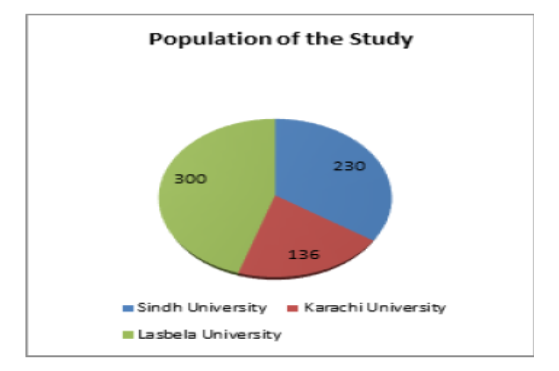


Indian Journal of Science and Technology
DOI: 10.17485/IJST/v13i42.1212
Year: 2020, Volume: 13, Issue: 42, Pages: 4386-4395
Original Article
Sumera Irum1*, Tarique Bhatti1, Waheed Ahmed Abbasi2,Muhammad Dilshad3
1Assistant Professor, Faculty of Education, University of Sindh, Jamshoro/ Hyderabad,Pakistan. Tel.: 092-331-3660334
2Assistant Professor, Department of Criminology, Unversity of Sindh, Jamshoro
3Assistant Professor, Government Degree College, Pratabad, Hyderabad, Pakistan
*Corresponding Author
Tel:092-331-3660334
Email: [email protected]
Received Date:23 July 2020, Accepted Date:13 November 2020, Published Date:04 December 2020
Objectives: To critically explore the perceptions of students about the problems and challenges faced by the students of Bachelor of Education (B.Ed.) in the universities of Pakistan. Methods: The study was a descriptive survey with quantitative approach which measured and quantified the perceptions and problems related to blended learning approach for teaching learning education in Pakistan. Data was collected from 250 out of 666 students enrolled in the Bachelor of Education (B.Ed.) level program offered by three general public sector universities of Pakistan in the academic year 2019. To collect data, a questionnaire with a three-point Likert scale was developed with the help of literature reviewed. The data was analyzed through frequencies, percentages and diagrams. Findings: The findings of the study revealed that the majority of students had a very positive view about the blended learning but at the same time they described many problems they faced during their learning, for example, lack of proper time, no skills and support to use proper way, lack of training, and un-availability of Learning Management Software (LMS) to use technological items for learning purposes. Application: The study recommended that proper institutional policy should be formed for effective use of blended mode for learning purpose in universities; proper training and skill development programs should be organized so that teachers could be able to use and integrate technology in their teaching.
Keywords: Blended learning; perception; challenges; student teachers; teacher education
© 2020 Irum et al.This is an open access article distributed under the terms of the Creative Commons Attribution License, which permits unrestricted use, distribution, and reproduction in any medium, provided the original author and source are credited. Published By Indian Society for Education and Environment (iSee)
Subscribe now for latest articles and news.